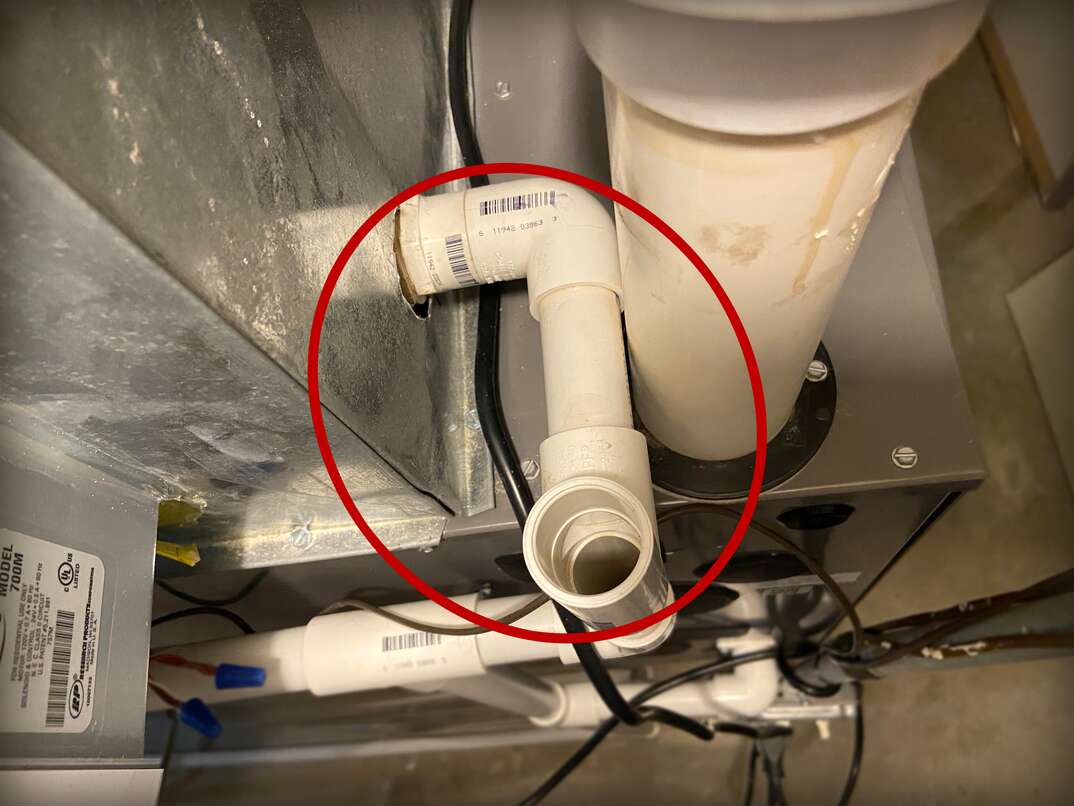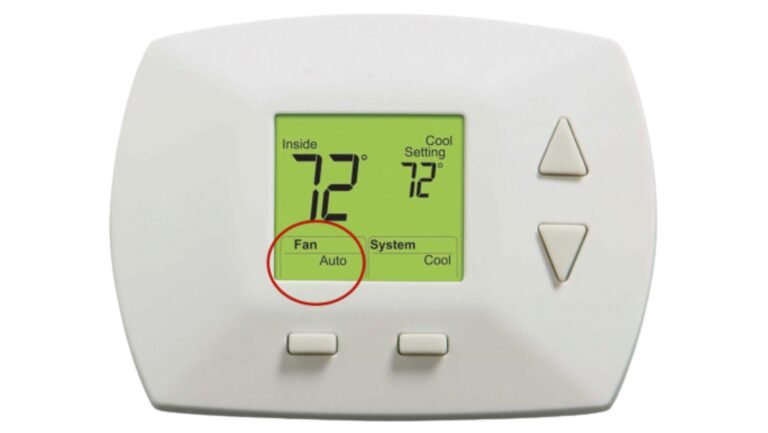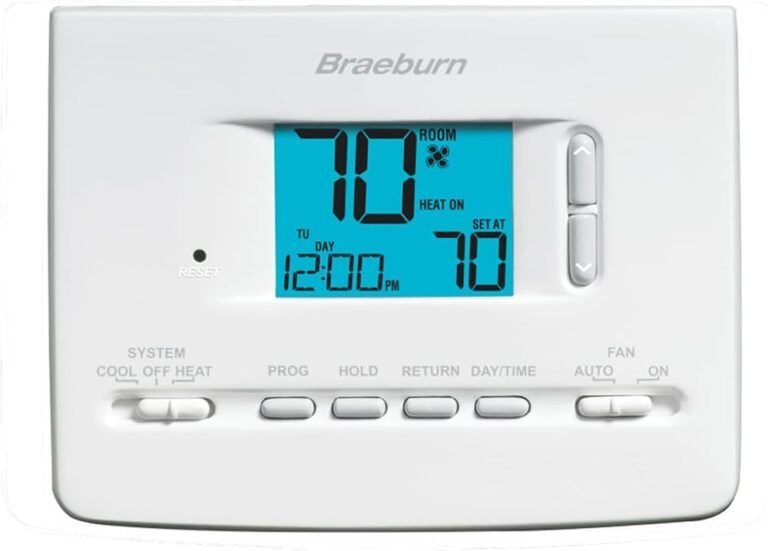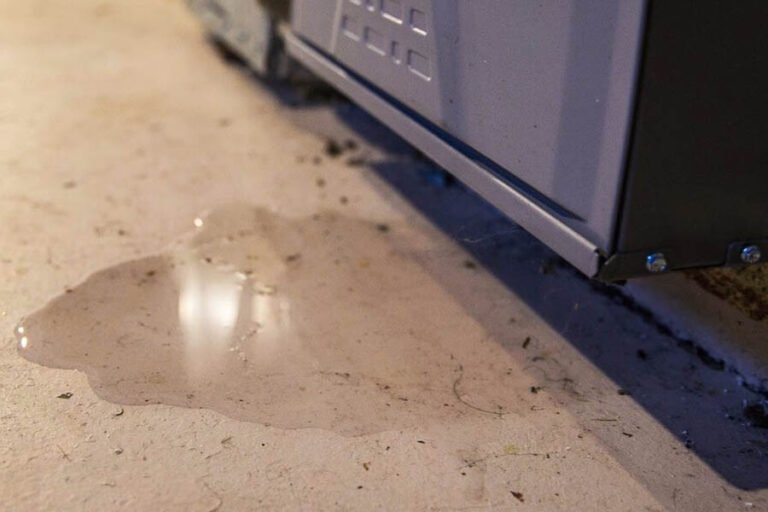How to Prevent AC Pipe Sweating and Boost Cooling Efficiency
To stop your AC pipe from sweating, insulate it with foam insulation. This will prevent condensation buildup and maintain optimal performance of your AC system.
Whether you live in a humid climate or are experiencing hot summer temperatures, a common issue with air conditioning systems is the sweating of AC pipes. This can lead to moisture problems, potential damage to the surrounding area, and reduced efficiency of your cooling system.
However, there is a simple solution to prevent your AC pipe from sweating and maintain the effectiveness of your AC unit. By insulating the pipes with foam insulation, you can effectively reduce or eliminate condensation buildup. We will explore the steps you can take to prevent your AC pipe from sweating, ensuring optimal performance and longevity of your air conditioning system.
The Basics Of Ac Pipe Sweating
The Basics of AC Pipe Sweating
AC pipe sweating occurs when the cold surface of an air conditioning pipe comes into contact with warm humid air. The moisture in the air condenses on the pipe, leading to droplets of water forming on the surface. This can be both unsightly and problematic.
What is AC pipe sweating?
AC pipe sweating is the process of water droplets forming on the exterior surface of the air conditioning pipes. This is typically caused by the difference in temperature between the cold pipes and the surrounding air. The warmer air contains moisture, which condenses on the cold pipes, resulting in water droplets.
The causes behind AC pipe sweating
AC pipe sweating can be caused by various factors, including poor insulation, high humidity levels, and inadequate ventilation in the room. The lack of insulation allows the cold air from the pipes to interact with the warm air, leading to condensation. High humidity exacerbates the issue, as there is more moisture in the air that can condense on the pipes. Inadequate ventilation prevents the moist air from circulating, creating the perfect environment for condensation to occur.
The problems associated with AC pipe sweating
AC pipe sweating can lead to a range of problems. Firstly, the excessive condensation can cause water damage to the surrounding area, resulting in structural issues and potential mold growth. The constant dripping of water can also be noisy and disruptive in a home or office setting. Additionally, the excess moisture can reduce the efficiency of the air conditioning system, as the cool air may not be reaching the desired temperature due to the water droplets on the pipes.
Effects Of Ac Pipe Sweating On Cooling Efficiency
AC pipe sweating can have significant effects on the cooling efficiency of your air conditioning system. One of the key impacts of AC pipe sweating is the decrease in energy efficiency. When pipes sweat, it indicates that they are not properly insulated, causing the cool air to escape and the system to work harder in order to maintain the desired temperature. This leads to increased energy consumption and higher utility bills.
AC pipe sweating can also result in a reduced lifespan of the AC system. When pipes are consistently exposed to moisture, it can lead to corrosion and damage. Over time, this can weaken the pipes and other components of the system, resulting in more frequent breakdowns and the need for repairs or replacements.
Insulation Techniques For Ac Pipes
Proper insulation is crucial for preventing AC pipe sweating. It helps to maintain the desired temperature inside the pipes and prevents condensation. There are various types of insulation materials available for AC pipes, including foam insulation, rubber insulation, and fiberglass insulation. Foam insulation is known for its excellent thermal properties and is commonly used for AC pipe insulation. Rubber insulation is another popular choice as it is flexible, durable, and resistant to moisture. Fiberglass insulation is also effective in preventing pipe sweating.
When it comes to installing AC pipe insulation, it is important to follow proper techniques. The insulation should be properly sized and secured to the pipes to ensure it stays in place. Insulation should be applied in a continuous and even manner, with no gaps or overlaps. It is important to use insulation tape or adhesive to secure the insulation material and prevent any air leakage. Paying attention to these insulation installation methods will help prevent pipe sweating and ensure optimal efficiency of your AC system.
Improving Ventilation In The Ac Unit
Improving Ventilation in the AC unit
The significance of adequate airflow in an AC unit cannot be overstated. Proper ventilation not only helps to maintain the desired cooling temperature but also prevents the AC pipe from sweating, a common issue faced by many homeowners.
To enhance ventilation in your AC unit, consider the following strategies:
| Strategies to enhance AC unit ventilation | Optimal placement of the AC unit for better airflow |
| 1. Clean the air filters regularly to ensure unrestricted airflow. | 1. Place the AC unit in a central location to evenly distribute the cooled air. |
| 2. Check the air vents for any blockages and clear them if necessary. | 2. Avoid placing the AC unit near obstructions such as furniture or curtains that can impede airflow. |
| 3. Use a ceiling fan or stand-alone fan to improve air circulation in the room. | 3. Ensure that there is sufficient space around the AC unit for proper air intake and exhaust. |
By implementing these strategies and ensuring optimal placement of your AC unit, you can effectively improve ventilation and prevent the AC pipe from sweating. Remember, adequate airflow is key to maintaining the efficiency and performance of your AC unit.
Maintenance Tips For Preventing Ac Pipe Sweating
To prevent AC pipe sweating and ensure the efficient functionality of your air conditioning system, regular cleaning of the AC unit is crucial. Clean the air filters and coils frequently to remove accumulated dirt and debris, which can contribute to excess condensation. Additionally, routine checks for refrigerant leaks are essential. Low refrigerant levels can cause the coils to become too cold, leading to condensation and pipe sweating. Properly sealing any leaks will help maintain optimal refrigerant levels. Another important aspect is maintaining the right humidity levels in the surroundings. Use a dehumidifier if necessary to control excessive moisture, which can contribute to condensation on the AC pipes. By following these maintenance tips, you can prevent AC pipe sweating and extend the lifespan of your air conditioning system.
Thermostat Optimization For Energy Efficiency
When it comes to optimizing energy efficiency in your AC system, one important factor to consider is the thermostat settings. Setting the ideal temperature for optimal cooling is key to preventing your AC pipe from sweating. To achieve this, utilizing programmable thermostats effectively can make a significant difference. These thermostats allow you to set different temperatures for different times of the day, ensuring that your AC operates only when needed. Furthermore, the impact of thermostat location on cooling efficiency should not be overlooked. Placing the thermostat away from direct sunlight or heat sources can prevent false temperature readings and unnecessary cooling. By carefully adjusting thermostat settings and considering its location, you can effectively optimize energy efficiency and prevent AC pipe sweating.
Air Filter Maintenance And Replacement
The role of air filters in cooling efficiency is crucial in preventing AC pipes from sweating. AC systems rely on air filters to remove dust, pollen, and other particles from the air before it enters the system. Over time, these filters can become clogged, reducing airflow and causing the AC unit to work harder. To maintain optimal cooling efficiency and prevent AC pipe sweating, it is important to regularly maintain and replace air filters.
The frequency of air filter maintenance depends on various factors such as the type of filter used, indoor air quality, and the presence of pets or smokers in the household. As a general guideline, it is recommended to check and clean or replace air filters every one to three months.
When replacing air filters, several factors should be considered, including the filter size, MERV rating, and the specific needs of your AC system. Choosing the correct filter size ensures a proper fit, while the MERV rating indicates the filter’s ability to capture particles of different sizes. It is important to strike a balance between filtration efficiency and airflow to optimize cooling and prevent pipe sweating.

Credit: www.homeserve.com
Ensuring Proper Ductwork Functionality
Proper functionality of your AC ductwork is crucial for efficient cooling and preventing issues such as sweating pipes. One common problem that can affect your ductwork’s performance is leaks. Detecting and fixing these leaks is essential to ensure optimal airflow. Regular duct cleaning is also important in maintaining the cleanliness and efficiency of your duct system. Over time, dust, dirt, and debris can build up and restrict airflow, leading to sweating pipes. By keeping your ducts clean, you can improve the overall performance of your AC system. Additionally, improving the layout of your ductwork can help facilitate better airflow, reducing the chances of pipes sweating. Ensuring a well-designed layout with proper insulation and sealing can prevent air leakage and maintain a comfortable indoor environment. Taking these steps will help you maintain a functioning AC system and minimize the occurrence of sweating pipes.
Frequently Asked Questions Of How Do I Stop My Ac Pipe From Sweating
How Can I Prevent My Ac Pipe From Sweating?
To prevent your AC pipe from sweating, you can try insulating it with foam sleeves or wrapping it with insulation tape. This will help to maintain the temperature of the surrounding air and prevent condensation from forming on the pipe.
Additionally, keeping the air flow around the pipe unrestricted can also help reduce sweating.
Conclusion
Don’t let your AC pipe sweat any longer! By implementing the solutions discussed in this blog post, such as insulating the pipe, improving airflow, and maintaining proper humidity levels, you can effectively prevent condensation buildup. With these simple steps, you can say goodbye to the inconvenience of a sweating AC pipe and enjoy a comfortable and efficient cooling system.
Keep your home cool and dry without any hassle.






